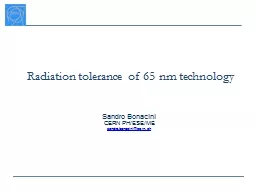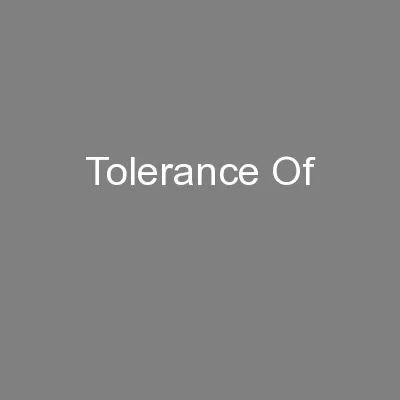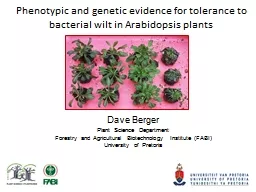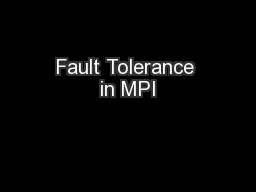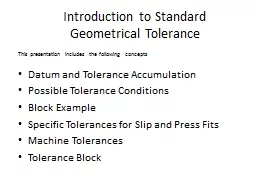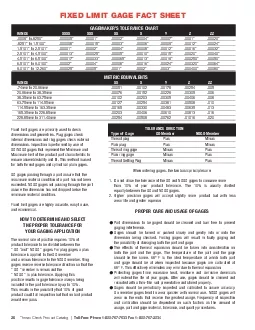PPT-Radiation tolerance of 65 nm
Author : stefany-barnette | Published Date : 2018-11-07
technology Sandro Bonacini CERN PHESEME sandrobonacinicernch O utline Test description Type of devices under test Measurement setup amp conditions Total Ionizing
Presentation Embed Code
Download Presentation
Download Presentation The PPT/PDF document "Radiation tolerance of 65 nm" is the property of its rightful owner. Permission is granted to download and print the materials on this website for personal, non-commercial use only, and to display it on your personal computer provided you do not modify the materials and that you retain all copyright notices contained in the materials. By downloading content from our website, you accept the terms of this agreement.
Radiation tolerance of 65 nm: Transcript
Download Rules Of Document
"Radiation tolerance of 65 nm"The content belongs to its owner. You may download and print it for personal use, without modification, and keep all copyright notices. By downloading, you agree to these terms.
Related Documents

